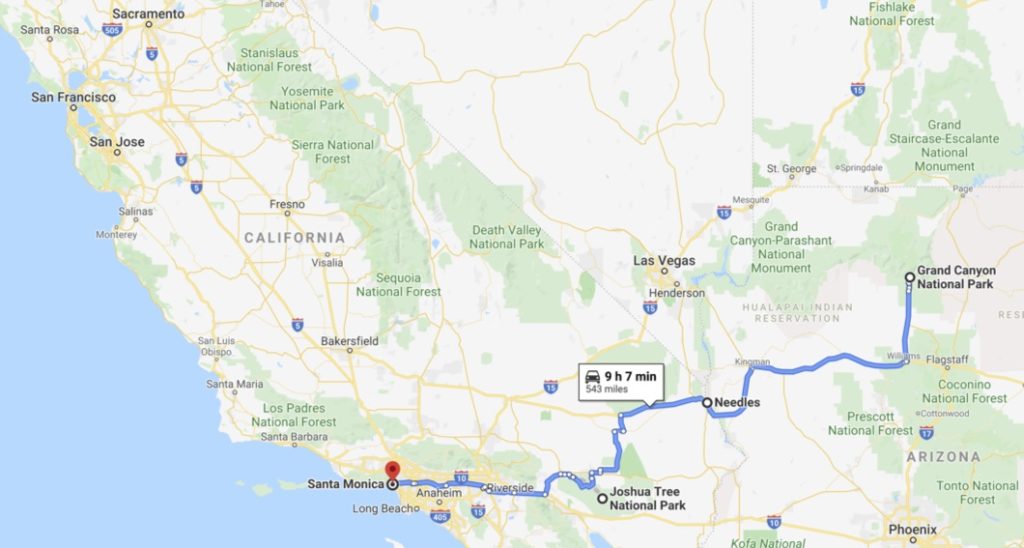By: Ol’ Viv, Guest Author
I bet that whoever is reading this now does not have a front (or back) yard that is bigger than my Maga’s. 11 acres of thick, green grass with lots of trees (some stolen from national forests…shhh), and more flowers than I can even imagine. A huge front and back porch, looking over a hilly yard. Looks like it’s straight out of “The Sound of Music” starring Julie Andrews. But, it all has to be kept in pristine condition to look as awesome as it always does, and since it’s getting warmer and Puppa is still out of commission, it’s my turn to take care of it. Me, Viv, the girl who screams and runs at the sight of any flying bug because of a past incident (another story for later ;)). Me, Viv, who can get sunburnt in JANUARY (like what the heck). Me, Viv, the girl who doesn’t always pay attention to where she is going, so she runs into a tree, all while savoring Maga’s famous homemade bread. So, naturally, I thought, “I’ve got this” and proceeded to mount the zero-turn lawnmower.

Maud’s Julie Andrews impersonation
I actually got the hang of it pretty quick, but at the same time, I was mowing the grass of FLAT ground. As I slowly mowed, section by section, of Maga’s yard (over the course of several days), I finally got to… the front yard. Although this lawn and its inhabitants are absolutely gorgeous, it looks pretty terrifying on a 750 pound vehicle that I just learned how to operate 2 days earlier.
Puppa had said before, “If there’s mud, don’t go any farther.” Well, this man takes such good care of his grass and yard that YOU CAN’T SEE THE MUD THROUGH THE ABSOLUTELY AMAZING, GREEN GRASS (do I seem bitter to you?). But I proceeded bravely into the unknown, armed with basically a pair of motorized scissors and my headphones (along with A LOT of sunscreen), I set off. Terrified. But excited because I knew that I was going to do this and do it like a total boss. The first few ups and downs on the hill were okay. Then, out of nowhere, on my way back up the substantially sized hill, my motor turned off. I looked around, eyes big, and I felt my breathing quicken. With the wheels slowly creaking backwards, I pushed the handles. Nothing. So, I did what any brave and superb lawn caretaker does…
I called my mom.
But, she didn’t answer, so I called my dad. And started to cry because I knew I didn’t have enough money to pay for the supposed damages I caused to the automated pair of scissors. Pretty soon, here comes my mom running really fast, like a graceful gazelle with a tattoo on its shoulder. And my dad too. He comes running like… um… another animal that I can’t think of at the moment. With tattoos too.
Anyways, they come up to me, breathing hard, looking at my wet eyes and runny nose, and while my mom said, “I thought you had flipped over!”, my dad said, “I actually ran over here and you aren’t even hurt.” Then he proceeded to get me out of the chair and turn the mower on with a turn of the key. We had a good laugh about that, but I was kinda embarrassed.
After that, I proceeded with EXTREME caution. I wasn’t about to have the gazelle and… mystery animal (aka my dad), come running to turn on the lawn mower…again. I finished my job, however. But not without some troubles. The grass was wet, so the wheels on lawnmower went round and round, tossing mud and grass into the air (I should write songs :)). And, finally, I had to mow the hill… sideways. Which is what I didn’t feel comfortable with, but Puppa told me to, so I did it. He is the master lawn keeper, after all. It wasn’t bad, but Maga and Puppa now have a few tire marks in their yard (whoops).
Well… At least I can say that I did it.
And it was actually pretty fun…kinda scary…but mostly fun 😉
Love,
Viv (practice social distancing!:))
























